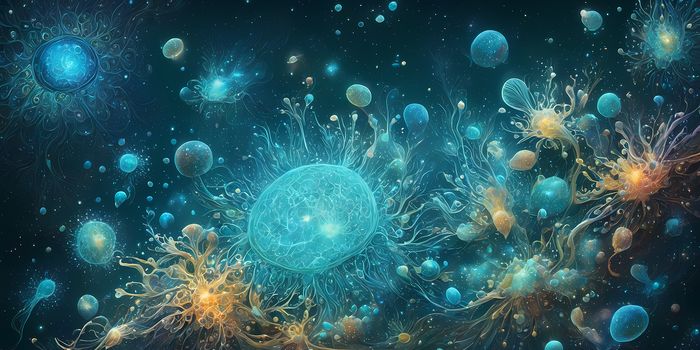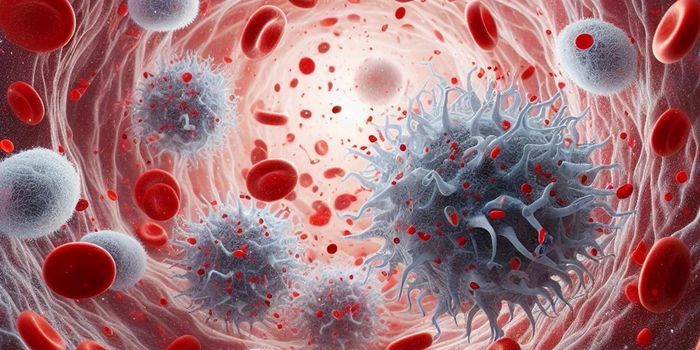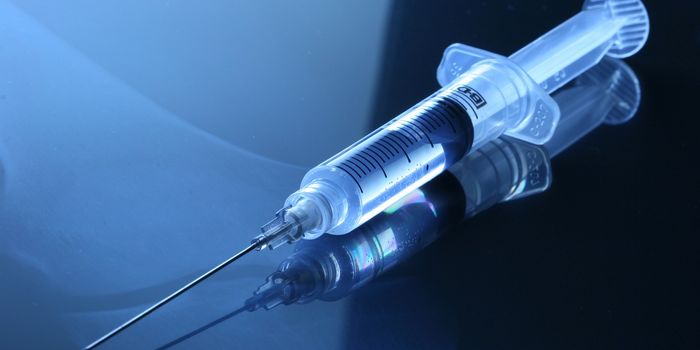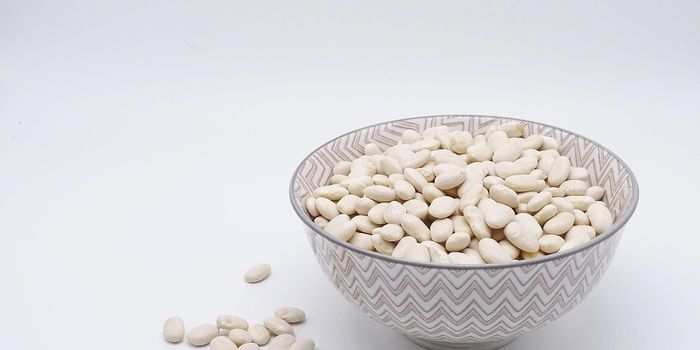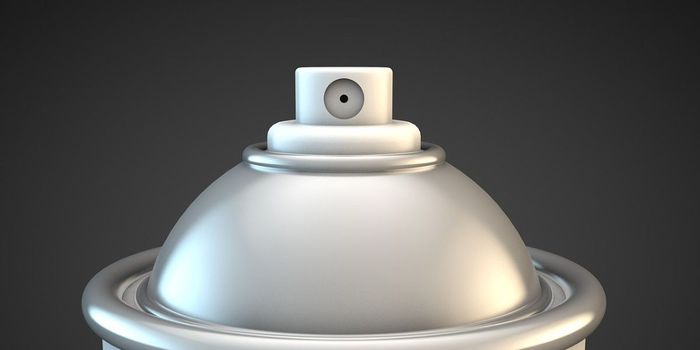Why We Want Macrophages in the Heart
Introducing a new role for macrophages, immune cells in charge of engulfing pathogens and “biological waste” alike: regulating the rhythm of the heart beat. Systems biologist with Massachusetts General Hospital and Harvard Medical School, Matthias Nahrendorf, claims that the discovery “opens up a completely new view on electrophysiology.”
The presence of immune cells in the heart tissue usually indicates excessive inflammation after an adverse cardiac event, which can cause tissue damage that makes it harder for the heart to pump blood to the body’s organs. However, in this case it seems that it is the immune cells in the heart that are helping the heart keep its rhythm. In a new study, Nahrendorf and his team illustrate a previously unknown part played by macrophages to keep the heart functioning properly.
It all started with an MRI and an electrocardiogram of a mouse heart, healthy except for one thing: it was completely devoid of macrophages. The results showed that the mouse’s heart beat too slowly. Next, researchers wanted to know why.
Large quantities of macrophages congregate near heart cells of the atrioventricular node, cells which are responsible for conducting the electrical orchestra that keeps the heart beating. The macrophages seemed to be playing some sort of supporting role, made especially apparent when mice without these macrophages showed irregular heartbeats.
Macrophages lend a helping hand by facilitating the conduction process, preparing heart cells for continuous bursts of electricity by creating gap junctions to link heart cells together. Like holding hands in an experiment to create an artificial battery, macrophages connect heart cells together so an electrical current can flow through them.
In addition to being a giant step forward in understanding how the heart works and communicates with the body’s cells, Nahrendorf says that the study results are a great example of how “team science can help to connect fields that are traditionally separated - in this case, immunology and electrophysiology."
Next, Nahrendorf and his team plan on continuing their investigation into the relationship between macrophages and conduction in the heart. How are macrophages involved with common conduction abnormalities? The answer to this question and others could soon lead to a new line of therapeutics, extinguishing the idea that all immune cells are negatively associated with heart function.
The present study was published in the journal Cell.
Source: Cell Press


